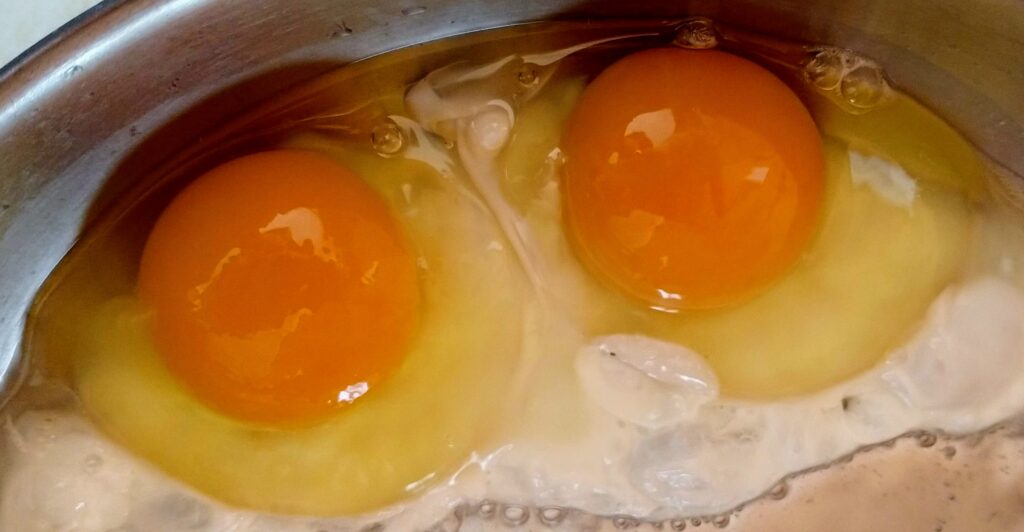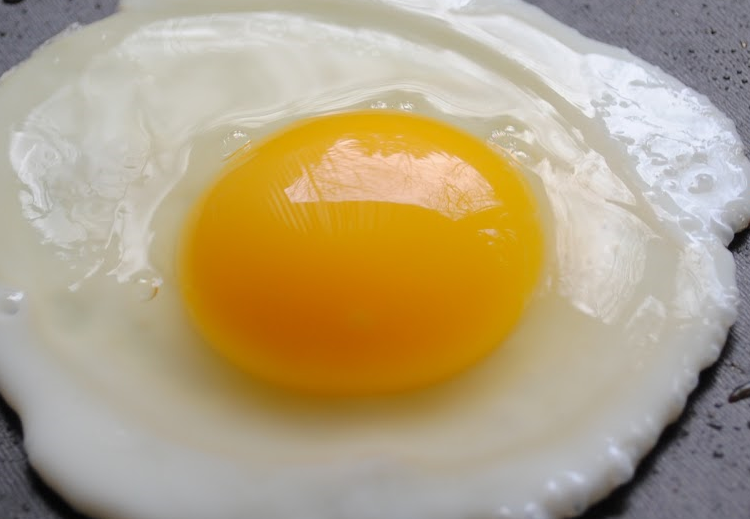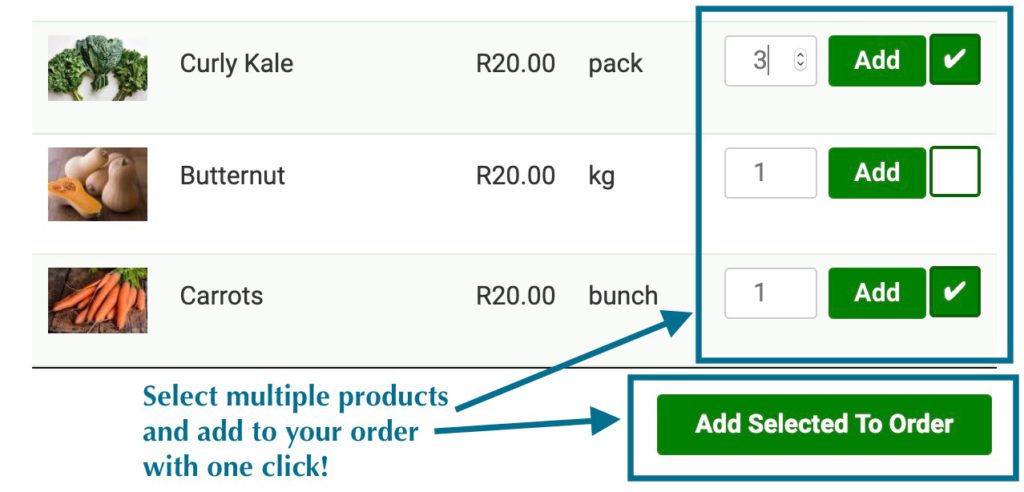Eggs…fry them, boil them or scramble them. Perhaps you poach them, coddle them or make omelettes out of them. Many people eat hen eggs on a daily basis either for breakfast or in baked goods.
Take a minute to think about where the eggs you eat come from – after all, you are eating something created inside a living creature’s body.
“Cage”, “Barn”, “free-range”, “organic”, “pastured” are some common labels that give some hint as to the living conditions of the chickens who lay more than 1 trillion eggs per year to feed humanity.
“Cage” eggs are produced by hens who are so tightly packed in cages that they can’t even stand up or stretch their wings for the duration of their unnaturally short, miserable, laying lives. Akin to the worst torture methods devised in the middle ages, these are the eggs served by most major restaurant & fast-food chains and are the cheapest eggs on the supermarket shelf.
Next up is “Barn” eggs. Laid by hens who are packed into warehouse style barns, numbering in the thousands. Visit a hen barn, and you will be made deaf from the sound of ten thousand squawking chickens and you will be left feeling dizzy from the stench of ammonia in the air.
So what are “Free range” eggs?
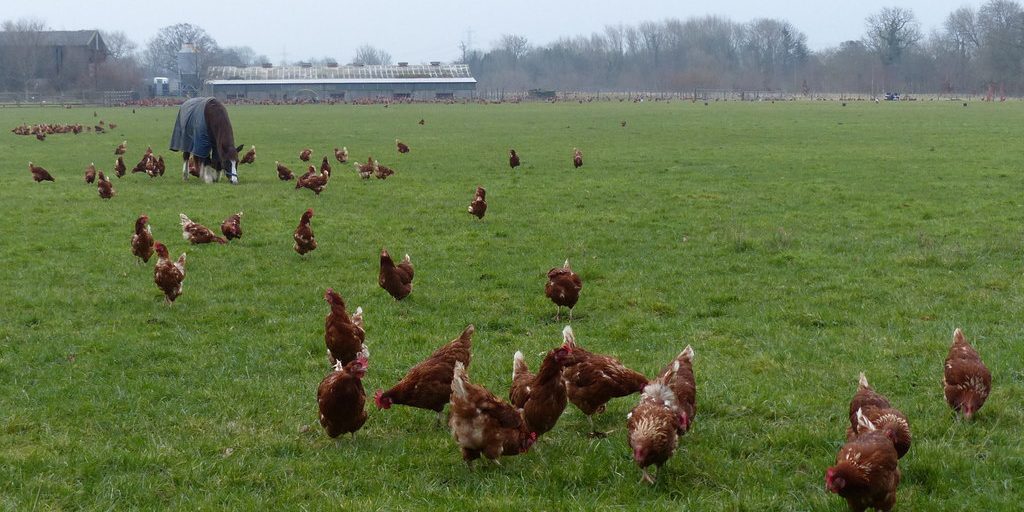 Most people imagine that free range chickens spend their days outside – scratching in the dirt, eating bugs and grass.
Most people imagine that free range chickens spend their days outside – scratching in the dirt, eating bugs and grass. 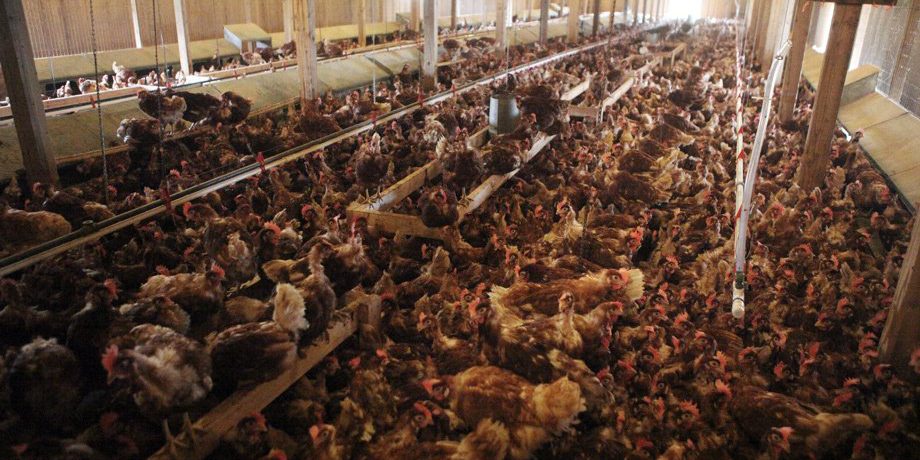 Most people wouldn’t imagine that this is a free-range egg farm
Most people wouldn’t imagine that this is a free-range egg farmIn Europe – EU ‘free-range’ specifications dictates a maximum flock size of 16,000 birds, 9 birds per square metre with continuous day-time access to the outdoors once they reach a certain age.
In the United States, the USDA free range regulations only indicate that the animal has been allowed access to the outside, once they reach a certain age (normally a few months). The USDA regulations do not specify the quality or size of the outside range nor the duration of time an animal must have access to the outside.
Many countries have no legislation as to what constitutes “free range” . Some large retailers maintain their own standards for suppliers along EU or US legislation – but that’s about it.
A secret of the #FAKEfreerange egg industry is that if chickens are not exposed to the outdoors before being a couple months old, they will never go outside – even if presented with an open door. Visit many “Free range” egg farms and you will hardly ever see hens outside.
Despite their reputation for being dumb, chickens are actually very intelligent and develop complex social relationships in their flock (the pecking order). Much like primates (humans included), they can maintain social cohesion with at most 50 other individuals.
They are omnivorous – and enjoy a varied diet of leaves & grass, bugs & worms and grains & seeds. At least a third of their food should be fresh ‘still-growing’ vegetation. Although chickens love to scratch and dig for bugs around plants and in the soil – many #FAKEfreerange chickens are kept entirely on concrete floors and never see dirt or green vegetation in their lives.
#FAKEfreerange eggs come from chickens who eat nothing other than genetically modified corn, soy and other grains and who are kept in cramped conditions in a barn on a concrete floor.
Chicken should spend time sunbathing every day, as – just like humans, chickens make vitamin D from sunshine. To keep clean, they love to dust-bath and wash their beaks in clean water.
Not surprisingly an egg from a #FAKEfreerange chicken tastes nothing like the real thing and plenty of studies have confirmed the vastly superior nutrition in a real free range egg. More vitamin D, healthier fats & higher protein levels are just some of the benefits.
How to tell #FAKEfreerange eggs from #REALfreerange eggs:
- Visit the farm! See chickens everywhere? Lots of grass and vegetation for them to eat? You’re good to go!
- Crack an egg into a pan, is it very pale orange or light yellow? Cook it & eat it…taste like not much? Chances are its fake! #REALfreerange eggs have dark orange yokes from all the good stuff the chicken has been eating and taste rich & delicious! Also look at the whites of the egg, does it look firm and compact surrounding the yoke or does it just fill the pan?
- Look at the eggs in the box – are they all exactly the same size, shape & spotlessly clean? Chances are you’ve bought #FAKEfreerange eggs processed on a huge scale from unhappy hens jammed into a barn.
Where to get #REALfreerange eggs:
- Have a garden? Have some time to look after your own hens? The best option is to keep your own chickens and let them free range to their heart’s desires. You can’t get fresher eggs!
- Support local small scale farmers whom you can trust – talk to them about how they keep their chickens.
- Look for ‘pasture-reared’ eggs in shops & supermarkets – and do some research online to find the best #REALfree range eggs from ethical farmers available in your area.
- Check out the farms and shops listing on The Green Directory that sell #REALfreerange eggs here!
So what about “Organic” and “Pastured” Eggs?
Organic eggs are laid by hens that only eat organically grown feed. In some countries there are also organic standards around what supplements & medications can be administered routinely. Like “free range” many organic eggs are laid by hens packed by the thousand into concrete floored warehouses.
“Pastured” eggs are from hens who are on pasture (grass) for most or all the time. In addition to their chicken feed they will also eat grass, weeds and what bugs they can find. Flocks are usually numbered in the hundreds and are either kept in movable hen houses (chicken tractors / egg-mobiles) or in a electric fenced enclosure that can be moved to fresh pasture every few days.

